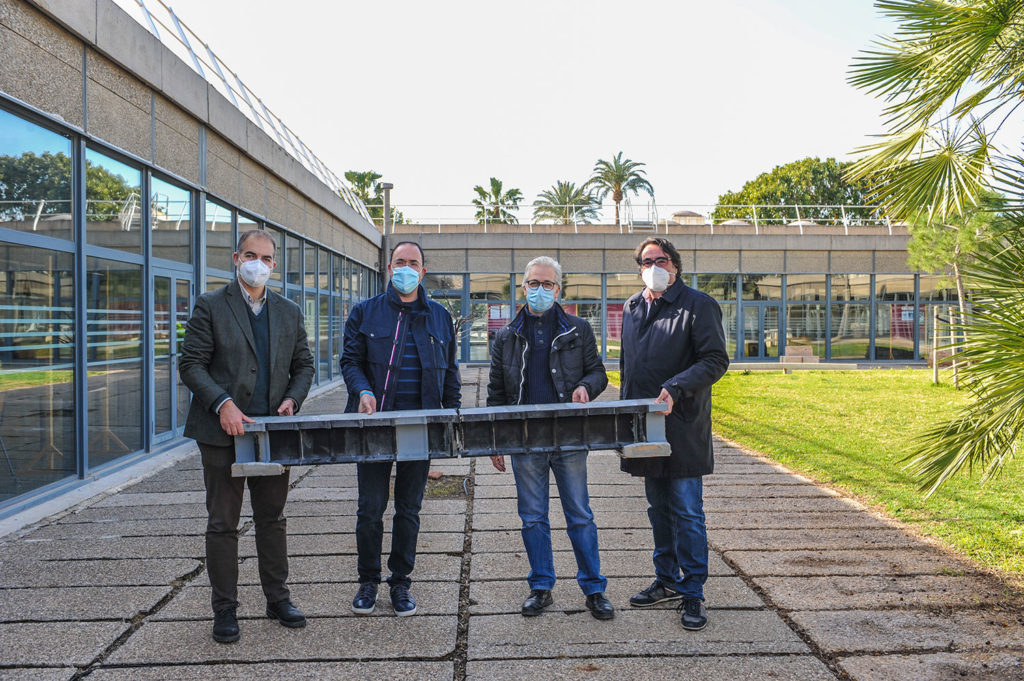Concrete beams are very widely used in construction, but large machinery is usually required for their transportation and installation due to their length and high weight.
After spending the past few years working on a more manageable alternative, researchers from the Polytechnic University of Valencia (UPV) have devised and patented a new system for manufacturing beams that promises to “revolutionize” the architecture, building, and civil engineering sectors. The new 3D-printed beams can be assembled together in a similar way to LEGO pieces for significant savings on weight and construction time.
“Our goal was to propose an alternative to the current reinforced concrete beams. These are made using profiles built for the length of the piece, which requires the expensive installation and is hard to transport,” says Polytechnic University of Valencia’s José Ramón Albiol.

The system is based on plastic segments that can be 3D printed from recycled plastic. Further, these segments must be assembled into the desired structure and concreted on the construction site, resulting in a structural beam.
According to its creators, their beams are up to 80% lighter than concrete or metal beams, which reduces dependence on heavy cranes or trucks to transport and install them. The beams are also an alternative with lower production costs; and in addition, they can be printed and assembled in situ, which facilitates their installation in any place, including those that are difficult to access. Moreover, they do not contain metal, which eliminates the risk of corrosion.
After almost three years of research, this invention was recently presented. “It is an alveolar structure, which makes it possible to decrease the amount of plastic used – and therefore its weight – while maintaining structural rigidity,” says Albiol. This alveolar structure was inspired by human bones around the epiphysis, where there is a layer of cancellous bone with a trabecular disposition – the alveolar structure – and a thicker external layer of compact bone.
These new 3D-printed beams appear to be more sustainable, lighter, easier to assemble and transport than concrete or metallic beams, which could change the tides in the construction industry. “It is a very intelligent natural system, and its reproduction in these beams awards them, with the low structural weight, very high mechanical capabilities,” adds José Ramón Albiol.
The team patented their new construction beam design in October last year in order to commercialize the technology.
